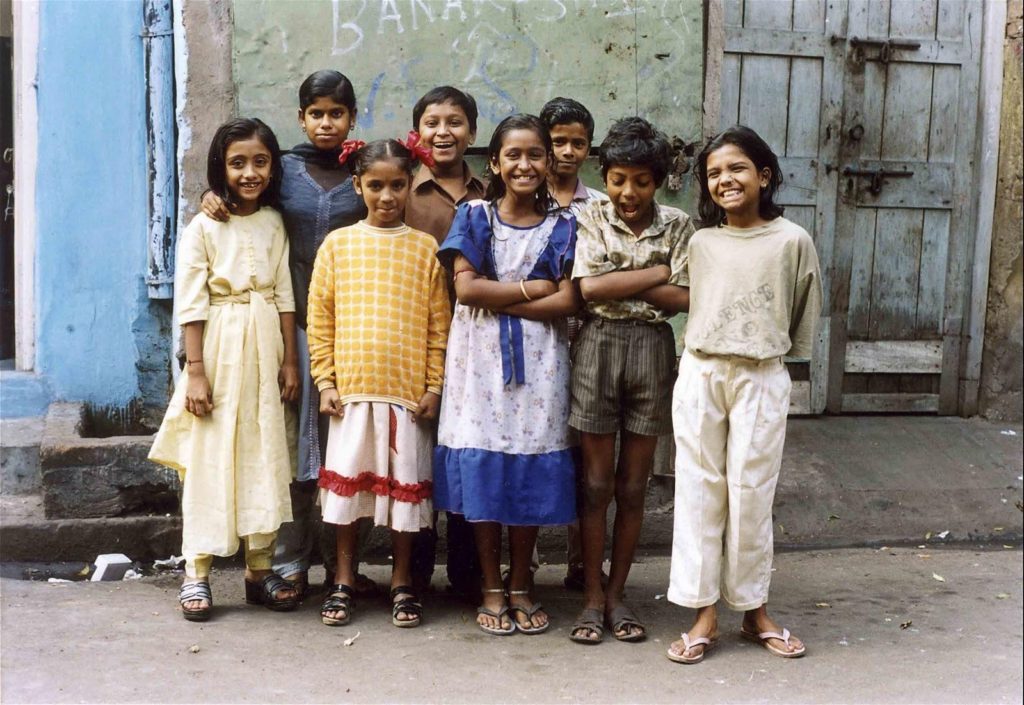
If Born into Brothels merely recorded the marginal lives of the beautiful, all but doomed children of a Calcutta brothel, it would probably be nearly unbearable, though potentially still worthwhile. But photojournalist Zana Briski, a Cambridge religion student who moved into the Sonagachi red-light district with the intention of understanding and documenting brothel life, doesn’t merely document the children’s milieu. Instead, she does something revolutionary: She empowers them to document it for themselves, putting cameras in their hands and teaching them to use them.
The results are arresting, if not always inspired. The kids take to photography with alacrity, learning composition, depth of field, point of view. Mistakes are made, but the best of their work has real power and verve (visit kids-with-cameras.org to see—or purchase—samples of their work). There are art shows and actions, and the children watch in delight and fascination as wine-and-cheese Westerners peruse and purchase their work.
The closing titles, in which we learn which children have or haven’t managed to break out of the invisible bars of deprivation and depravation, temper hope with heartbreak, idealism with reality. Despite this, Born into Brothels both illustrates and exemplifies the power of art and artists to make a difference. Next to Briski’s enacted prayers, what prayers I might offer today for these children half a world away seem woefully inadequate.
—Steven D. Greydanus
- Directed by: Zana Briski Ross Kauffman
- Produced by:
- Written by: Zana Briskie Ross Kauffman
- Music by: John McDowell
- Cinematography by: Zana Briski Ross Kauffman
- Editing by: Nancy Baker Ross Kauffman
- Release Date: 2004
- Running Time: 85
- Language: Bengali, English
Arts & Faith Lists:
2011 Top 100 — #82